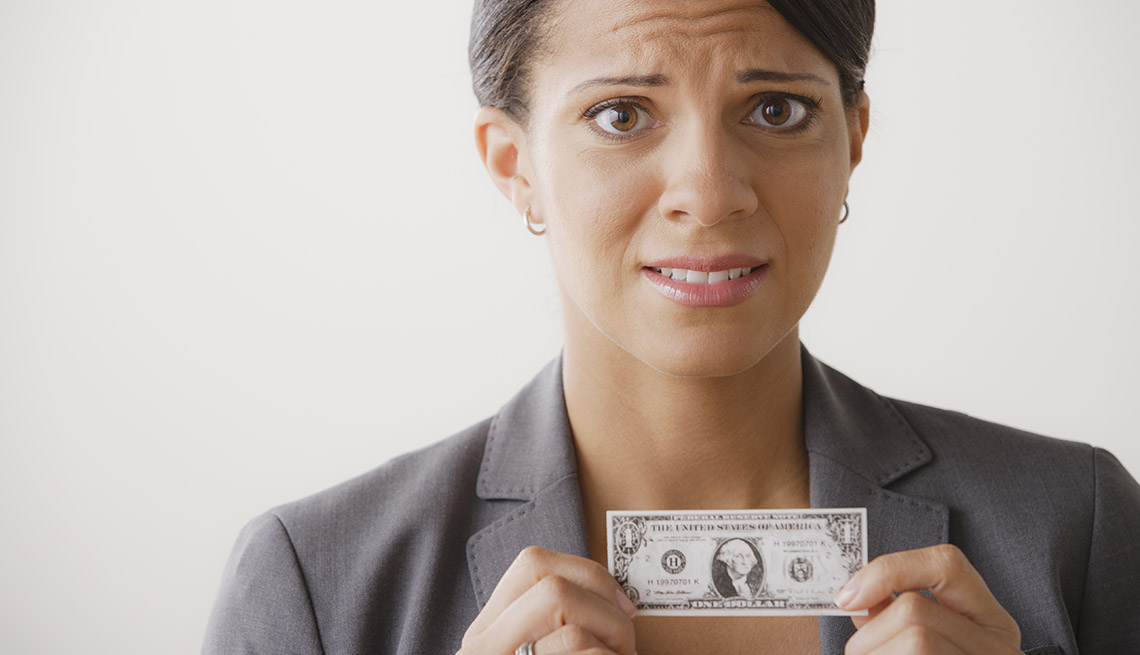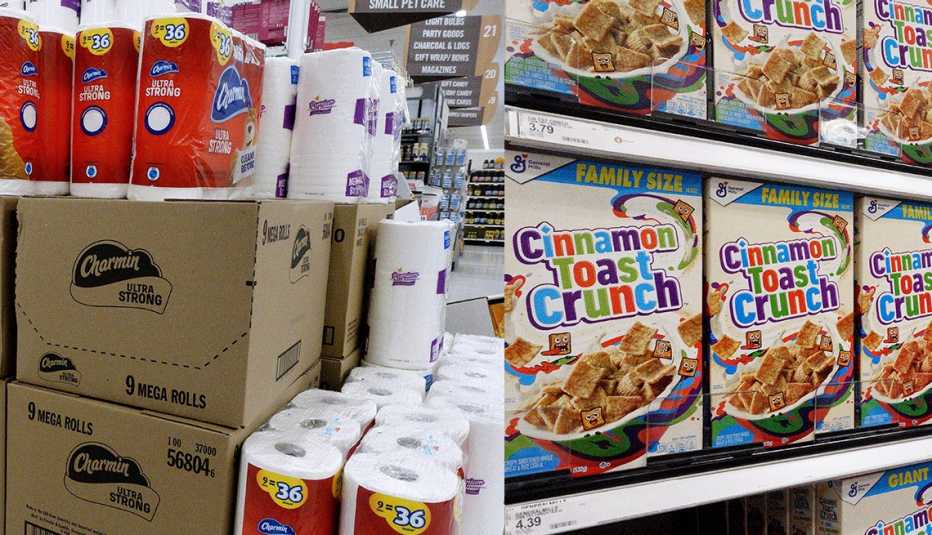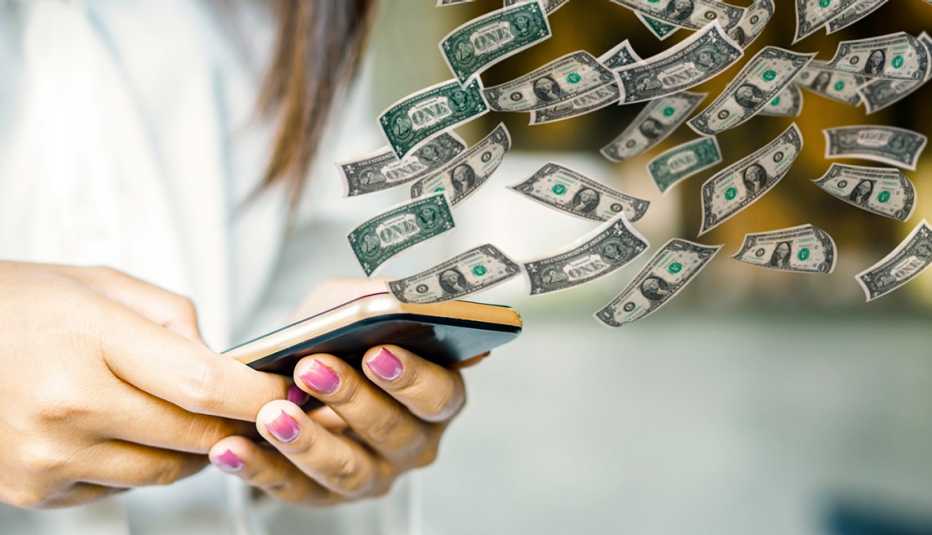Staying Fit
If you grew up in the 1970s and early 1980s, inflation may be one of the monsters in your closet of economic anxieties. You probably remember gas rationing and soaring prices for everything from Hamburger Helper to halter tops.


AARP Membership— $12 for your first year when you sign up for Automatic Renewal
Get instant access to members-only products and hundreds of discounts, a free second membership, and a subscription to AARP the Magazine.
The recent jump in the Consumer Price Index for All Urban Consumers (CPI-U), the government’s main gauge of inflation, probably made you jump, too. The CPI-U rose 8.5 percent over the 12 months ended in March, the biggest increase since 1981.
What is inflation, what causes it, what cures it and how much should you be worried about it now? Here’s a primer on inflation and some tips on how to handle it.
What is inflation?
Put simply, inflation is a rise in prices. The CPI-U, the most commonly used inflation index, measures the average price change in a basket of goods likely to be bought by people who live in cities and suburbs. The index has risen on average 3.1 percent a year since 1914, according to the Bureau of Labor Statistics, which maintains the index.
Your experience of inflation is probably somewhat different from what’s reflected in the CPI-U, which weights each item according to a formula meant to mirror the average household. If you drive a lot, for example, you really felt the pinch: Gasoline jumped 18.3 percent in March alone and 48 percent over the past 12 months. If you love steak, you’re paying on average 16.4 percent more than you did a year ago, and your personal inflation rate might be higher than the government’s average.
What causes inflation?
A simple definition of inflation is too much money chasing too few goods and services. Sometimes the economy speeds up so quickly — because of either low unemployment or government spending or both — that consumers, flush with cash, will drive up prices and employers will hike wages to keep up with rising prices. In the late 1960s, for example, unemployment fell to 3.4 percent, and inflation rose to nearly 6 percent. Currently, the unemployment rate is 3.6 percent, and employers have been offering raises and bonuses to attract and retain employees.
Another way inflation rises is when a sudden shortage of a key material, such as oil, drives prices higher. In 1973, the Arab oil embargo severely reduced the supply of oil. People waited in line for hours to fill up gas tanks, and in 1974, the federal government imposed a 55-mile-an-hour highway speed limit to conserve fuel. The CPI rose 6.2 percent in 1973 and 11 percent in 1974. The COVID-19 epidemic prompted oil companies to reduce production sharply. It has yet to return to pre-pandemic levels and is not expected to until 2023.


































































